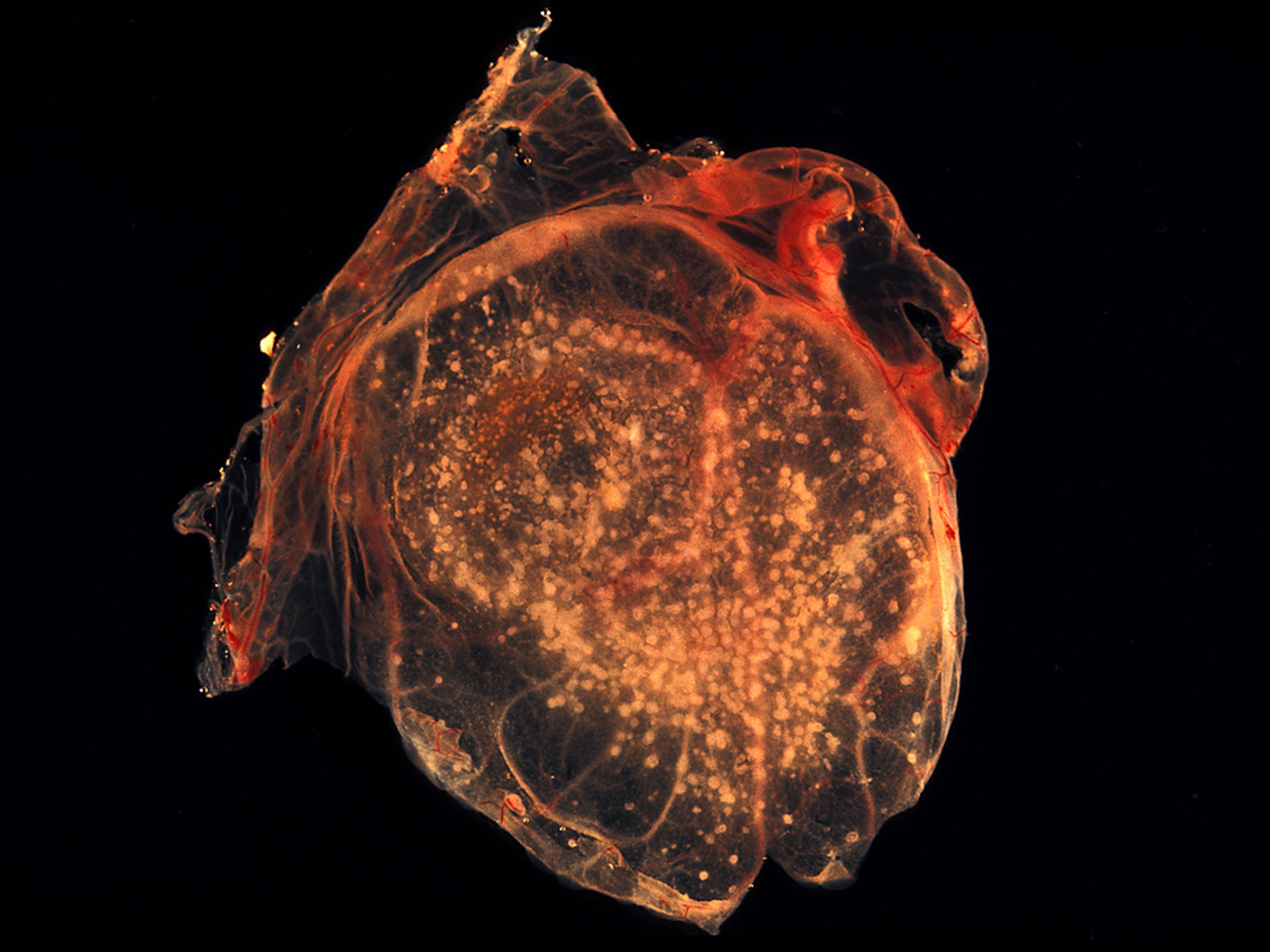Six vials of extinct deadly disease smallpox discovered in cardboard box
Scientists believed that all samples of the deadly disease had been accounted for

A vial of the extinct infectious disease smallpox has been found in the bottom of a cardboard box in a laboratory in Maryland; 34 years after health officials had eradicated the disease around the world.
Employees at the National Institutes of Health campus in Bethesda, Maryland, were cleaning out an old storage room last week, when they came across six vials of the historic disease in the back of one of the facility’s refrigerators.
According to those that found the disease, the vials were all securely sealed and were not a risk to staff or the public.
Following the discovery, the vials were quickly put into a containment lab and the Division of Select Agents and Toxins, the branch of the US government that deals with toxic substances, were alerted.
The discovery of the smallpox samples is miraculous because after the disease was eradicated in 1980 it was believed that all but a few samples of the disease had been destroyed.
Only two samples, one in a Russian lab in Novosibirsk, Siberia, and one in the Centers for Disease Control and Prevention in Atlanta, were permitted to hold samples of the disease.
Officials are still unclear as to how the samples managed to go undetected in Maryland for so long.
It is felt that the vials could have been created in the 1950s and then transported to the Maryland facility in 1972, where they have remained ever since.
This is the first discovery of an unaccounted sample of the disease in America; however, samples of the disease have been found in other countries around the world.
In the 1990s, the World Health Organisation was informed of a small stockpile of smallpox samples in Eastern Europe.
Just last December, arrangements had to be made for DNA fragments of the disease found stored in a South African laboratory to be destroyed.
The smallpox disease was said to be responsible for 300 to 500 million deaths in the twentieth century and had a fatality rate of 30% for those that contracted the disease.
The last reported case of smallpox naturally occurring in a human was in Somalia Somali cook, Ali Maow Maalin, contracted the disease in 1977.
The samples are now at the CDC in Atlanta and will undergo up to two weeks of testing to establish whether they are dead.
Stephan Monroe, deputy director of the CDC said "We don't yet know if it's live and infectious. It's possible it could be inactivated because of long length of storage."
He added that the centre would then organise for the six vials to be destroyed.
Subscribe to Independent Premium to bookmark this article
Want to bookmark your favourite articles and stories to read or reference later? Start your Independent Premium subscription today.

Join our commenting forum
Join thought-provoking conversations, follow other Independent readers and see their replies